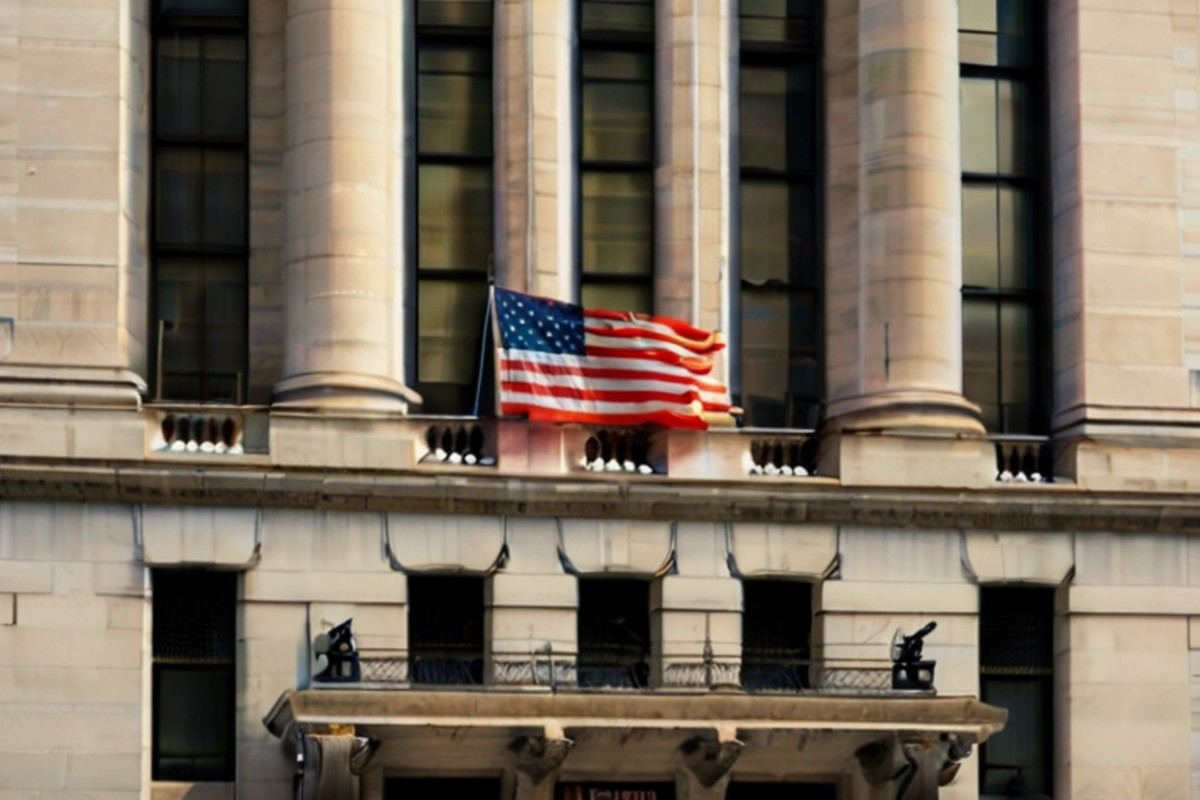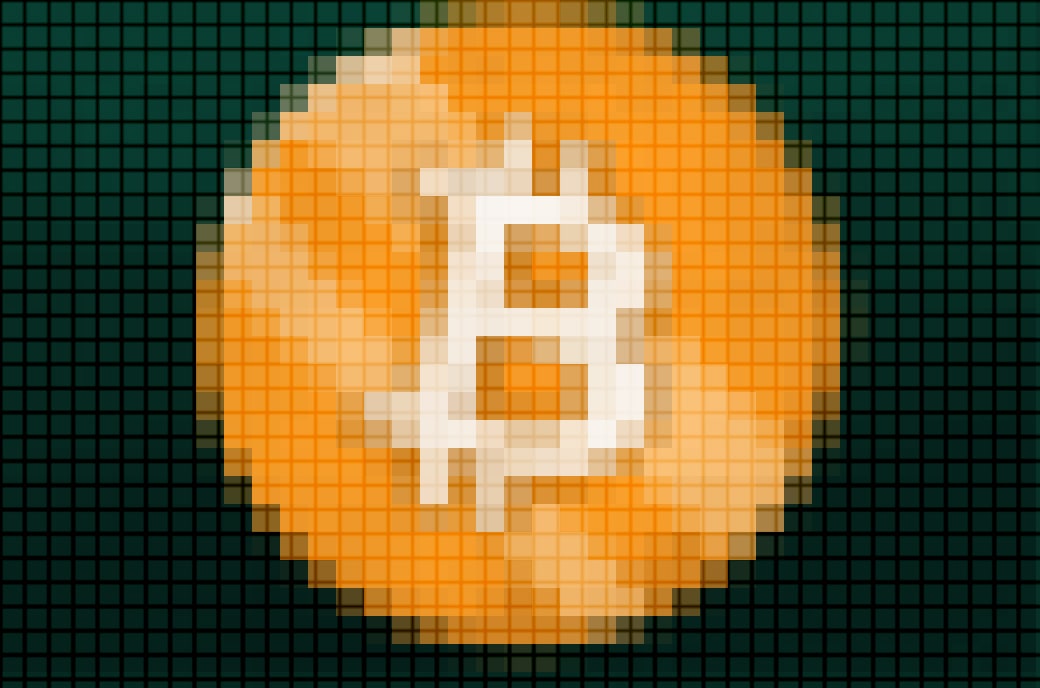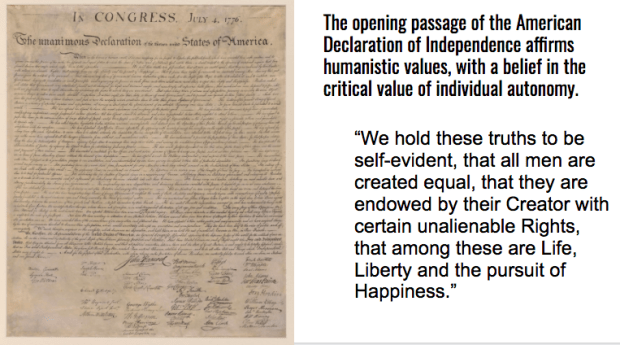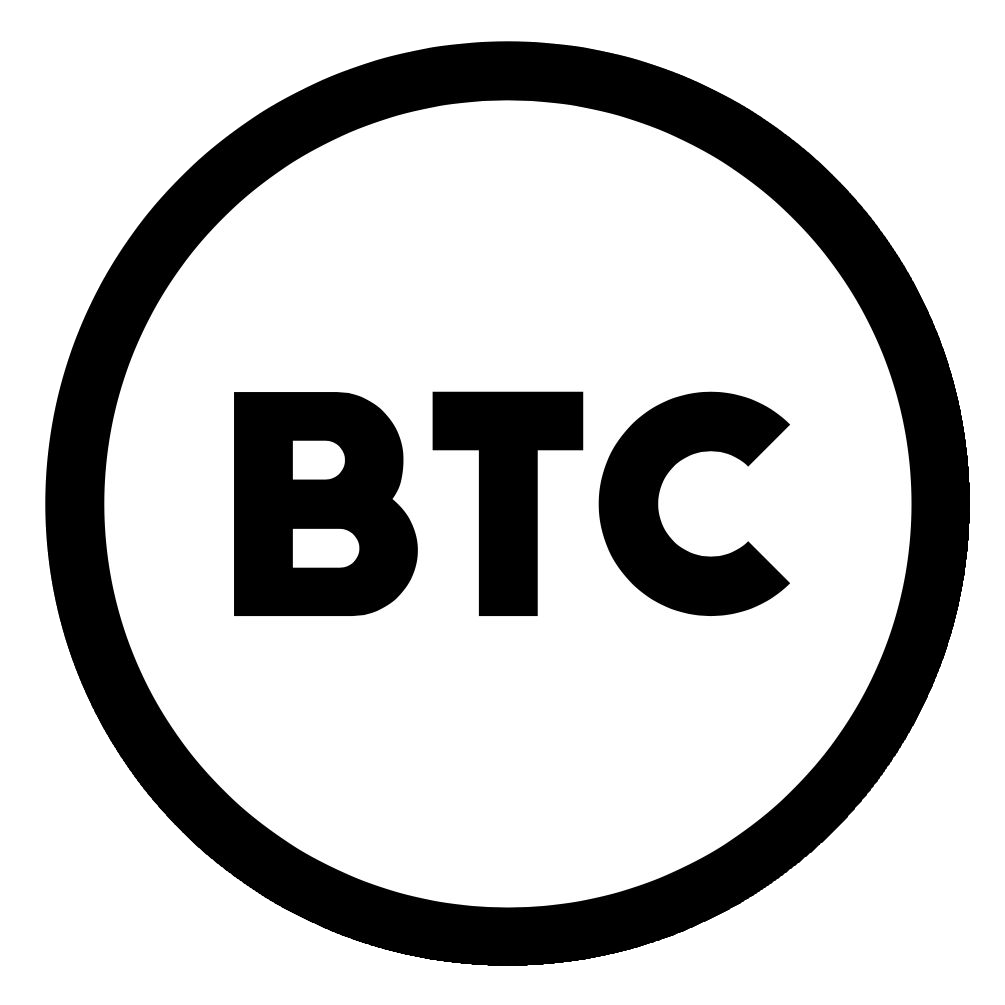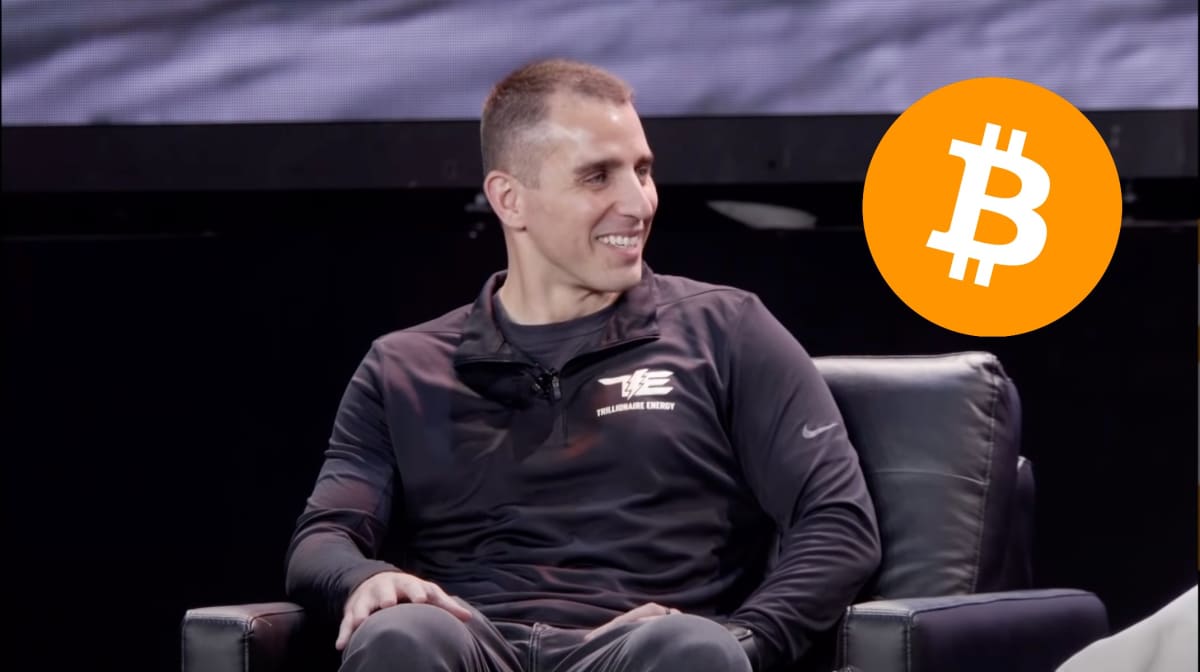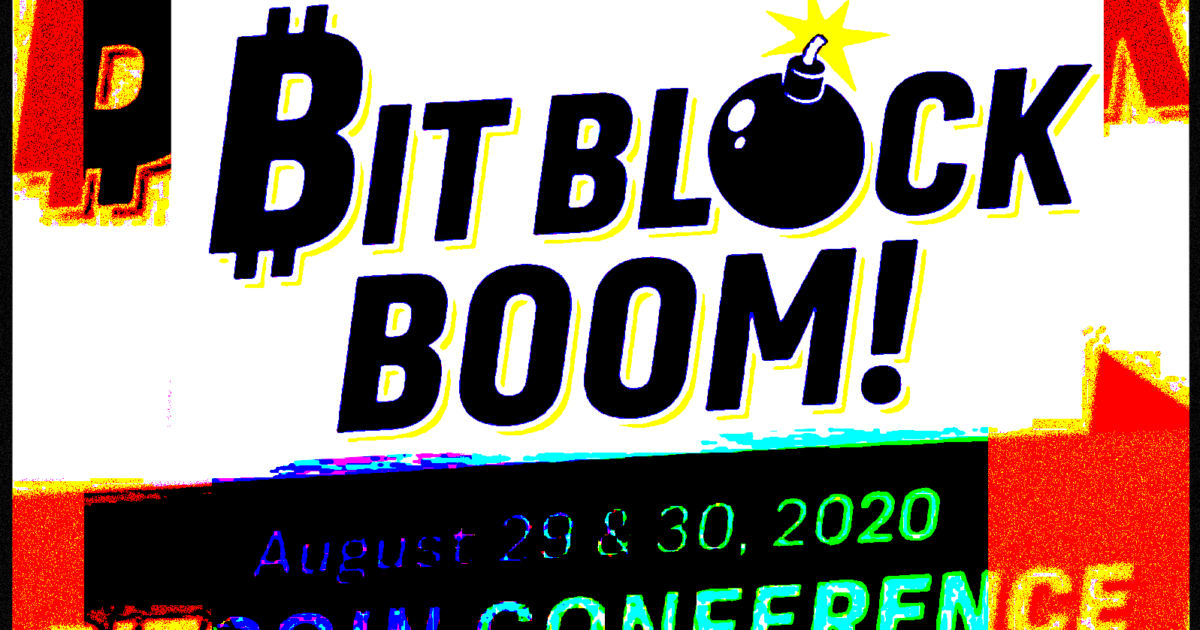At first glance, bitcoin and skateboarding might have as little in common as those rare Buffalo nickels your one unmarried uncle collects and any other extreme sport, like snowboarding.
But the two have more in kind than you might think. Both highly stigmatized during their formative years (and even still), both intuitive approaches to old ways of doing things, bitcoin and skateboarding are both equal parts radical and disruptive. In 1950, skateboarding pioneers in Hawaii and California gave birth to the sport by screwing wheels onto the underside of their surfboards during the off-season, when the ocean’s swell was too calm to surf.
These “asphalt surfers” or “sidewalk surfers” paved the way for what would become modern skateboarding. It was a novel and controversial approach to an ancient sport in surfing; in a similar vein, Bitcoin is a modern approach to the ancient practice of money management.
It’s at this intersection of the radical and progressive promises of both skateboarding and bitcoin that the Tony Hawk Foundation (THF) finds itself. Founded in 2002, the nonprofit’s mission is simple: Build skateparks for the American youth. Over the past two decades, the THF has built some 620 skateparks in a bid to foster thriving skating communities in places that are often wanting for dedicated sites where skaters can hone their craft and share their hobby with others. These skateparks have become a refuge for some 6 million visitors annually, per THF.
The Tony Hawk Foundation also began accepting bitcoin in June 2019, and Tony Hawk, the legendary skateboarding pioneer who founded the organization, has been personally “riding the wave” since 2013. Bitcoin was a good fit for the foundation for the reasons we examined above. And it has even exceeded the group’s expectations as a medium for raising funds.
“We’re excited to have Bitcoin donations as an option for our supporters,” Miki Vuckovich, the executive director of the Tony Hawk Foundation, told Bitcoin Magazine. “As I said, we try to come to them as much as we can, and we know more and more of our supporters are using Bitcoin, so we want to stay ahead of the curve. Frankly, we didn’t expect to see any Bitcoin donations for a long time, and they started coming in within days of launching the option in June 2019.”
Vuckovich grew up skating with Hawk before launching his own career as a photographer for Thrasher and TransWorld SKATEboarding, which was followed by a traveling stint that expanded his subject matter as far as the architecture of the Soviet Union and the natural settings of Eastern Asia.
He’s also been skateboarding for 40 years, which puts him in the company of an old guard of skateboarders like Hawk who are living testaments that experience and zeal can compensate for advancing age.
Bitcoin Magazine sat down for a conversation with Vuckovich to talk about the origins of THF, where bitcoin fits into the mix and why the world’s first cryptocurrency is so damn appealing for the skating lifestyle.
A Need for Skateparks
What need is THF filling and what inspired Tony to establish the nonprofit?
Back in the ’70s when skateboarding was gaining traction, you had a wave of the first skateparks and they were all privately-owned and insured. They weren’t very good. They’d have these monster bowls that new skaters would drop into and hurt themselves. In the late ’70s, the insurance agencies all but gave up and raised rates and these parks started closing down. The last one in California closed in 1986.
I’d go to that skatepark after school and meet up with my friends, among them was Tony. Then we went our separate ways — he ended up touring professionally and I went to college to go on and work in skateboarding media. Through the years, I worked with a number of cities that were interested in getting skateparks built but there was no process for doing it.
It wasn’t until 1988 that California put skateboarding on a list on known hazardous activities that people participated in on public land (like football, hang gliding, cycling), and what this did was put responsibility on the user to do these things safely and on public land. That allowed cities to start building public skateparks. Early ones were Palo Alto, San Diego, Los Angeles. It took a few years, but people saw that there wasn’t this wave of lawsuits or fears of these parks injuring people like the old parks back in the ’70s, because skateboarding was different. Everything was better built.
As Tony toured around in 2001, he saw that many of these parks were built in wealthy suburban areas, and he realized that there were kids in more urban and challenged areas that didn’t have access to these parks. So he established the foundation in 2002 with the goal of creating more public skateparks, which was still a new idea at the time and trying to get them built where kids literally have nothing else to do.
Having both grown up with skateparks that helped us form lifelong friendships, we saw the value in recreating that sense of community. We’ve been working since 2002 and have built over 600 skateparks.
How does the grant process work? How do you select new locations to build?
Local communities of skaters will apply for individual grants. There are two grant cycles each year, with between 10 and 20 grants each.
We’re creating a model that allows the skaters themselves to be involved in the entire process, from fundraising to design, so that the skaters really have a sense of ownership and skin in the game. There are obviously adults involved, but we like to get the kids involved as much as possible.
Demographically, what does the donor base look like?
It’s all across the board. I’d say the middle of the bell curve are your mid-20s to late-40s, young parents, sometimes, who have younger kids who skate. Usually creative people in creative industries. A lot of support from tech industries, like in the Bay Area. We’re finding more and more of them coming from finance and banking — the Wall Street crew.
Some skateboarders from the ’80s and ’90s are finding themselves in interesting places, both in business and government (there was actually a former skateboarder in the Obama admistrations: Bob Pribble). And we’ve seen a broadening of that donor base, young and progressive-minded parents with kids who skateboard.
Building Skate Communities With Bitcoin
What was the thought process behind integrating bitcoin into the donations scheme?
The skateparks that we promote and our communities are pretty progressive spaces where kids can come, share ideas, connect. They’re as much social spaces as they are active recreational spaces. It’s still kind of a new idea even though we’ve been doing this for 20 years. It’s not as simple as just putting in a facility.
They really are these community centers where ideas are shared and there’s this sense of openness about it and I think that that progressiveness has an interesting parallel to bitcoin as a progressive currency and a new idea in how to exchange. Obviously, Tony is involved. We have a number of board members from the Bay Area who are plugged into it. So, once we were able to access donation tools through OpenNode and BitPay, we were able to open a portal for Bitcoin people to support what we’re doing.
Are people using bitcoin for donations often? How often?
We launched the option in June 2019 and, at this point, have received several donations and it’s been ramping up. I think we peaked in the late fall. It’s becoming a more significant percentage of our donations.
We try to give people more options than just cash — you know, people can donate their cars or sell items on eBay. Bitcoin is another new option for donors because we know that the people who intuitively understand our work are much more likely to be using Bitcoin. We try to stay aware of where our supporters are and be aware of the methods of payments they plan to use.
So do you think there’s a fair degree of overlap between the Bitcoin and skateboarding cultures? There seems to be a lot of parallels: They’re both countercultures and there’s an air of freedom and in some sense recklessness as well.
Yeah, I think that skateboarding is pretty disruptive. Public spaces are made for pedestrians and cars, but skaters come around and reinterpret those spaces. There’s a certain disruption that occurs with skateboarding. The skateparks are a reaction to that in a way. In some communities, the administrations see skateparks as a place where they can sequester skaters and relegate them to it. But the parks that we promote don’t involve fences and blend with the natural environment. We promote a model that doesn’t create the penitentiary feel. For us, it’s another option, because we know skaters will be out there skating in the natural world.
In the same way, governments and regulators don’t know what to do with Bitcoin. It has a similar ethos and reputation, so I think there are a lot of parallels in the nature of both.
For you personally, what would you like to see from the foundation going forward and is there anything you have in store for the future that excites you?
We’re about powering communities and helping to transform them so that they can respond to the needs of their youth, particularly skaters. We’re just working hard to promote that program and approach and reach more communities. We’re looking for progressive minds to help us on that path and help kids transform their communities and be leaders in shaping their own futures.
The post For the Tony Hawk Foundation, Bitcoin Is Radical. And That’s the Point appeared first on Bitcoin Magazine.

